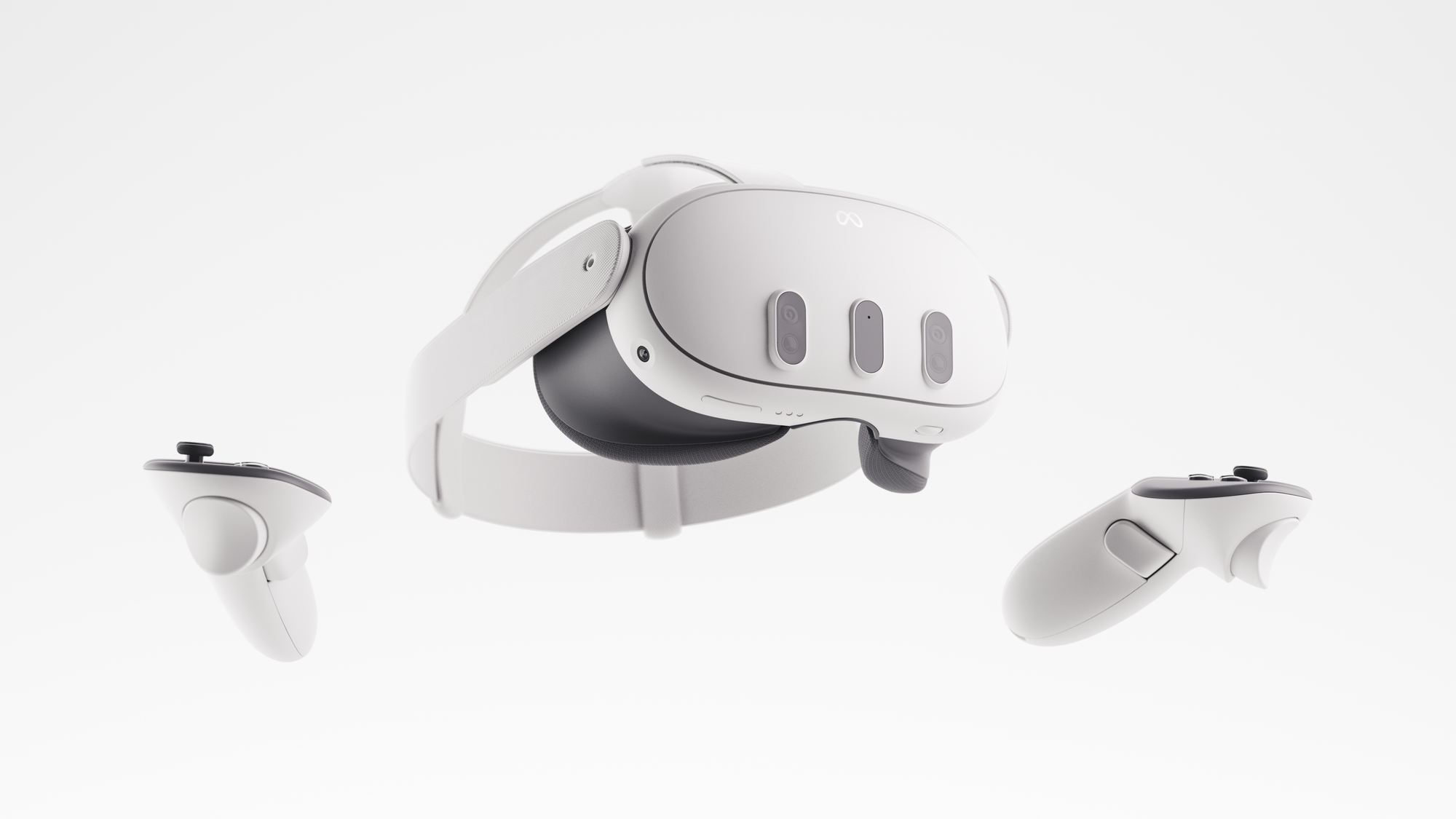It’s been six months since our Quest 3 review.
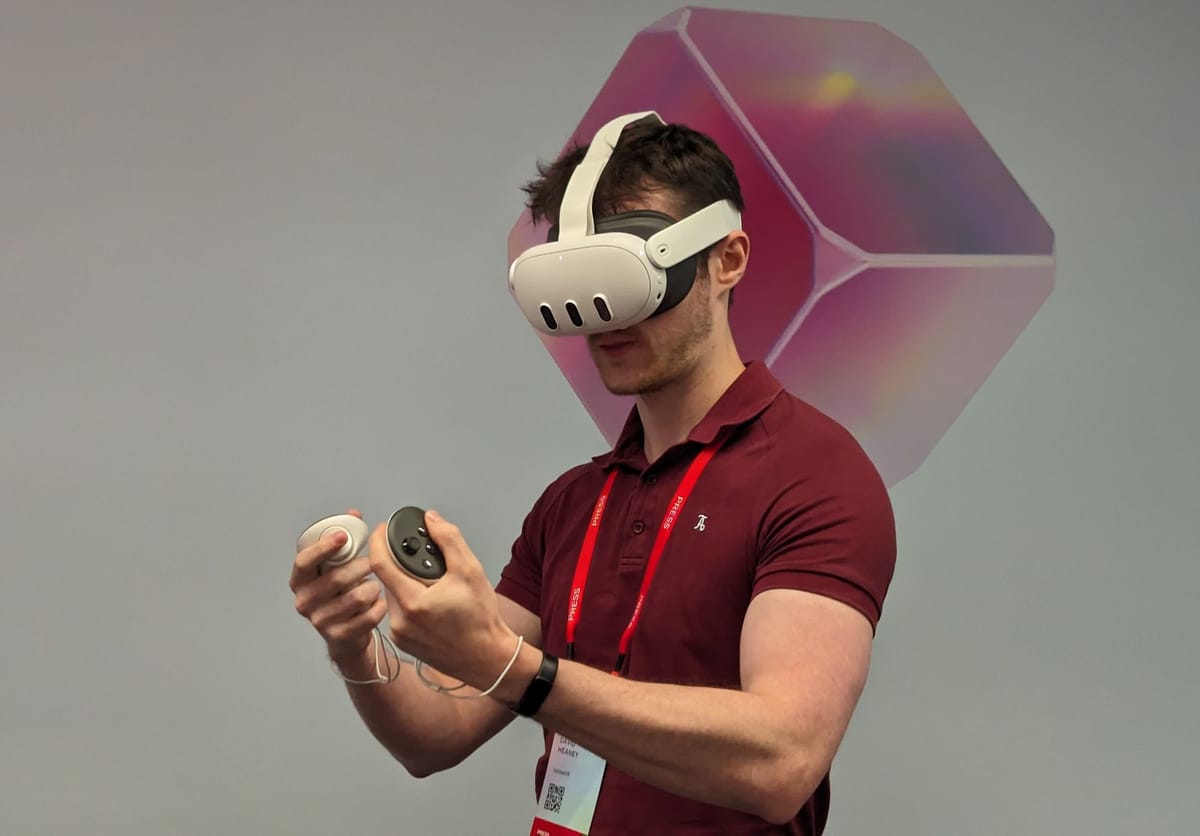
We praised Quest 3 as an excellent VR headset, but harshly criticized its “barely passable” mixed reality. But as with its previous standalone headsets, Meta has released a number of system software and developer tool updates in Quest 3’s first six months on the market. Here’s what they are, and how they change our verdict on whether you should buy it.
Mixed Reality Is Better, But Not Significantly
Meta markets Quest 3 as the “first mainstream mixed reality headset”. Given this, in our review we harshly criticized the lack of dynamic occlusion and the significant warping geometric distortion of the passthrough.
In December Meta released the Depth API allowing developers to add dynamic occlusion. However, it requires complex developer integration and is thus supported in almost no apps so far. Further, the depth map driving it is very low resolution, leading to pretty awful-looking results.
0:00
UploadVR testing Depth API occlusion.
The passthrough was updated earlier this month with improved dynamic range and exposure control, making it easier to view physical screens like monitors and phones. The graininess was also slightly reduced. However, this all comes at the cost of a slightly darker and less vibrant looking image. Interestingly, this new passthrough tuning, including the darkness and vibrancy tradeoff, is closer to Apple Vision Pro’s, as we noted in our review of it.
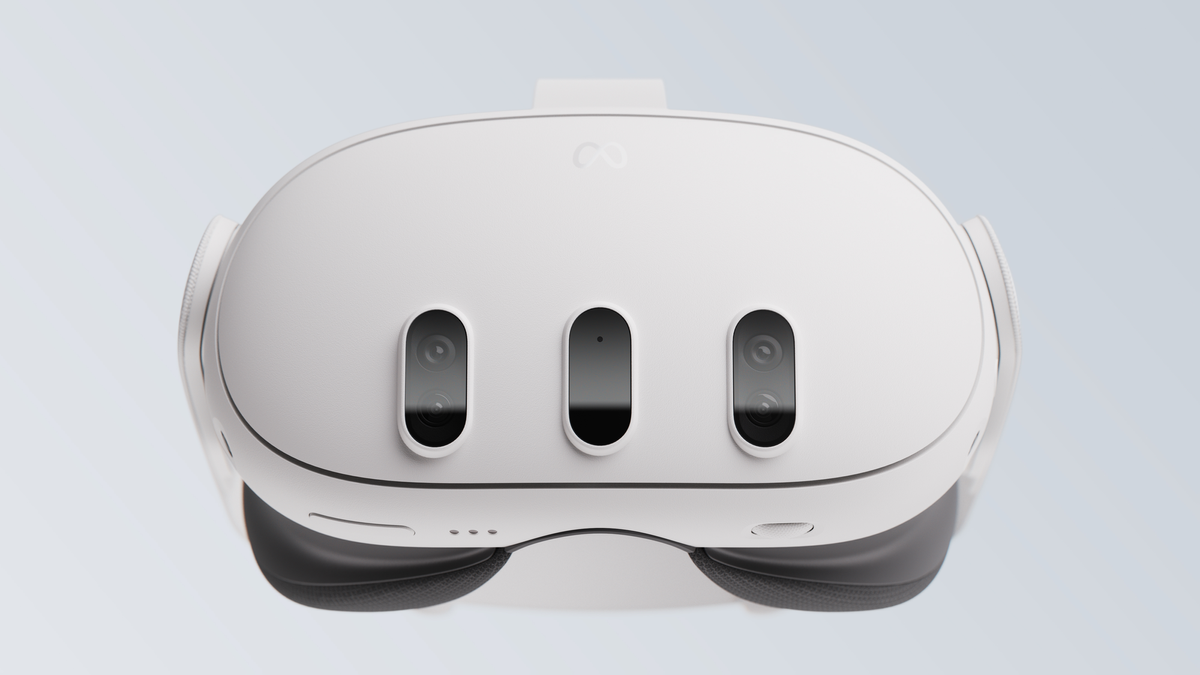
Meta has also solved one of the complaints about passthrough in our review: that it didn’t appear in all system interfaces and wasn’t supported for loading screens. Apps can now use passthrough on their loading screen and Meta has added passthrough to system interfaces like the lock screen and power-off menu.
These changes may seem somewhat small, but together they allow you to remain in uninterupted passthrough from around five seconds after you put Quest 3 on until you take it off, making it feel more like a mixed reality headset and less like a VR headset with mixed reality poorly tacked on.
Meta is also allowing some mixed reality apps to disable the VR-centric safety boundary, letting you use the full space around you, and since v62 the headset can remember multiple mixed reality rooms instead of needing to redo setup every time you move to a different room.
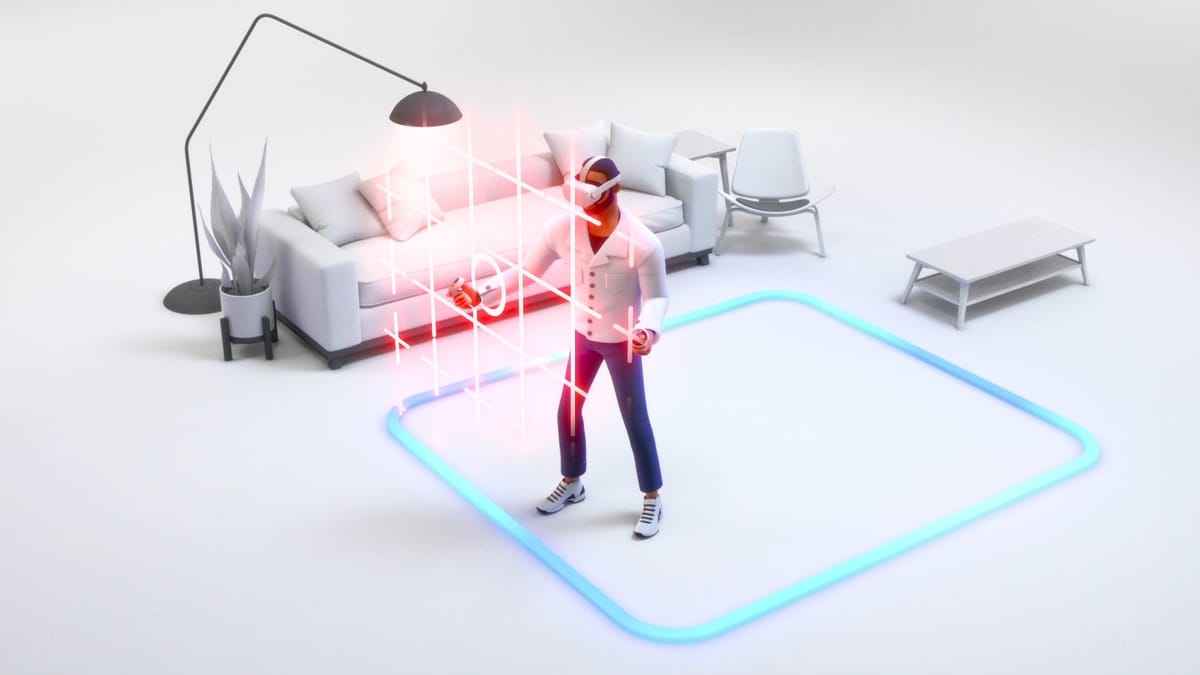
Inside-Out Body Tracking Arrived, But Is Barely Used
Quest 3 was announced with a major feature coming post-launch, inside-out upper body tracking (IOBT).
Inside-Out Body Tracking (IOBT) uses Quest 3’s side cameras, which face downward, to track your wrist, elbows, shoulder, and torso using advanced computer vision algorithms. It prevents the issues with inverse kinematics (IK) estimated arms, which are often incorrect and feel uncomfortable because the system is just making guesses from the location of your head and hands. When developers integrate IOBT, you’ll see your arms and toro in their actual positions – not an estimate.
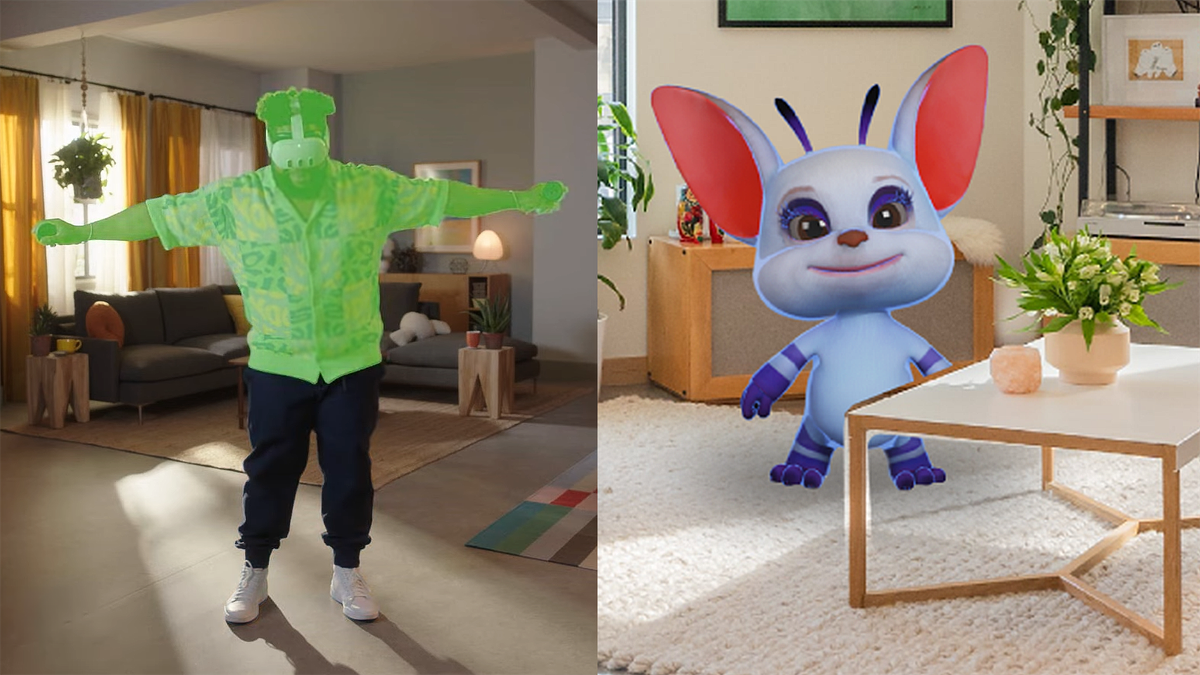
IOBT shipped in December. However, four months later it’s still only used by a tiny handful of standalone apps, including Swordsman VR, Drunkn Bar Fight, and XRWorkout.
The biggest use for IOBT currently is in Virtual Desktop, which uses it to emulate worn Vive Trackers to enable body tracked avatar movement in the PC VR version of VRChat.
Spatial Videos & Panoramas Are Easily Viewable
Two of the key use cases of Apple Vision Pro, viewing panoramas and 3D “spatial videos” captured by your iPhone, are now easily doable on Quest 3.
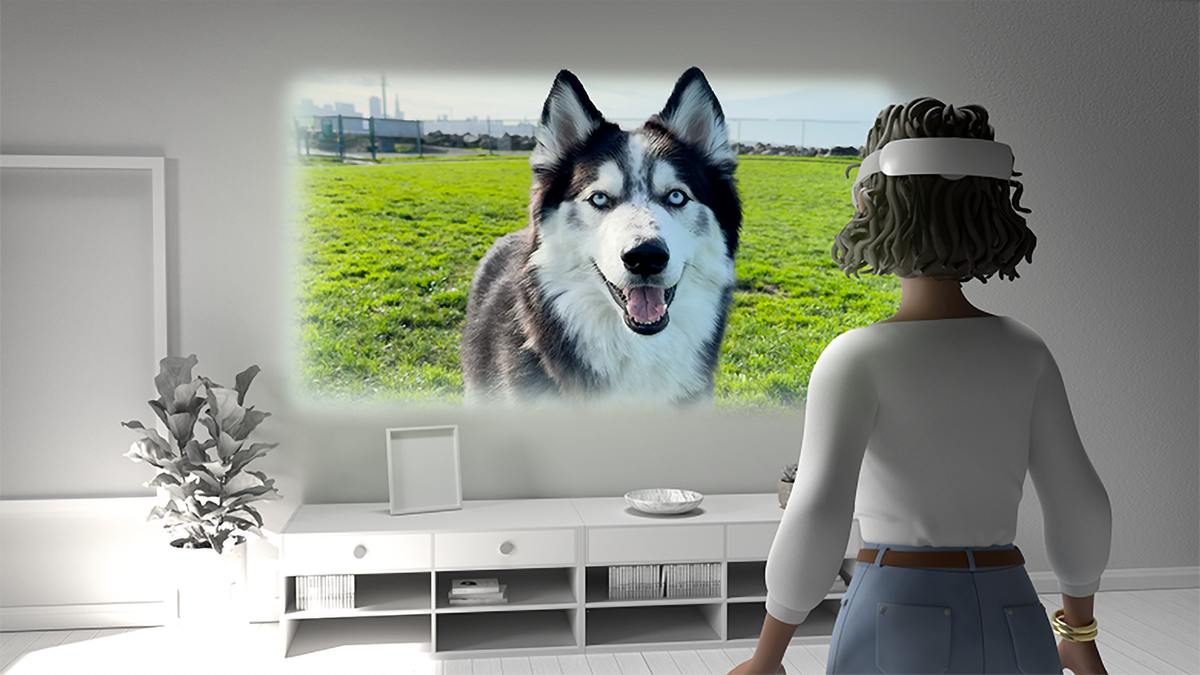
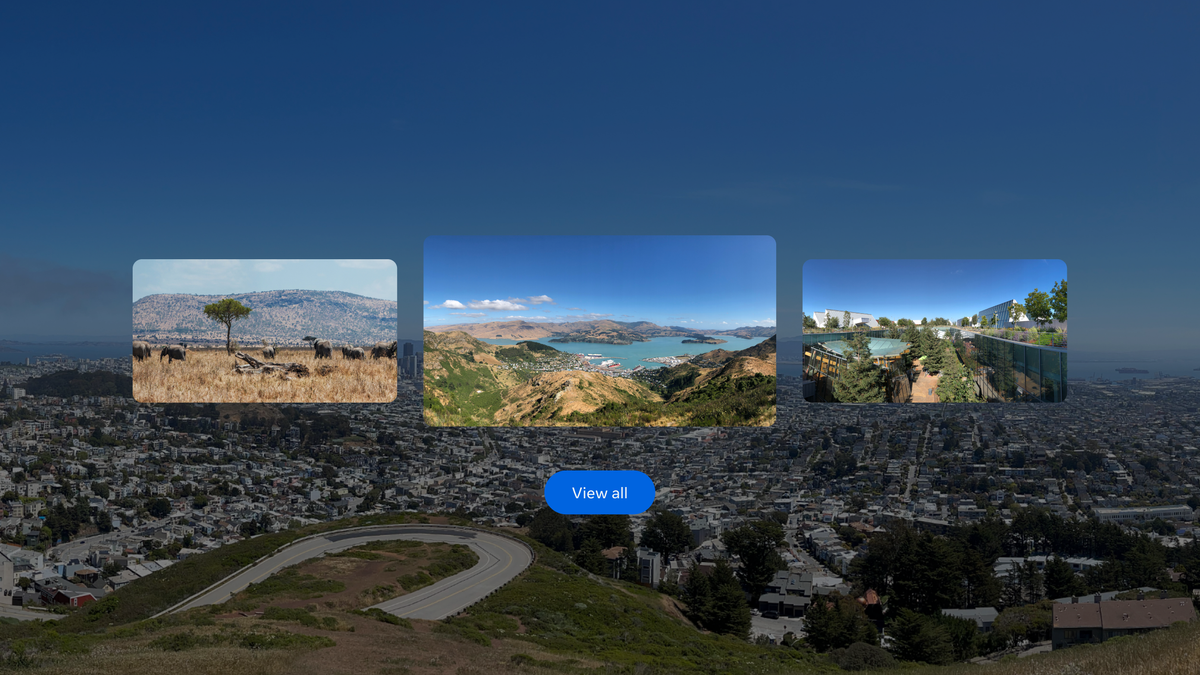
This means you can view this content on a headset for one seventh the price of Apple Vision Pro. If you’re the kind of person who captures a lot of photos and videos and deeply enjoys viewing them to look back at memories, it could even be a reason to buy a headset.
External Microphones Are Supported
When Quest 3 launched I was initially excited to use it on our weekly VR Download podcast but found its microphone had the same annoying plosives popping issue as Quest Pro, so I still use Quest 2.
The v62 update in February brought some improvements to Quest 3’s microphone quality, including specifically to the plosives issue. However, I tested and found it still isn’t good enough for VR Download, and still sounds noticeably worse than Quest 2.
In what may be an admission that the microphone hardware just isn’t good enough, the v64 update earlier this month added the ability to use an external microphone on Quest 3 via the USB-C port. This can include a mic with a USB-C connector or any mic via a USB-C adapter.
Accessing SteamVR Is Easier For Free
At launch using SteamVR required using Meta’s free (Air) Link feature or buying Guy Godin’s Virtual Desktop. Air Link didn’t support 120Hz refresh rate on Quest 3 and had inferior battery life to Virtual Desktop.
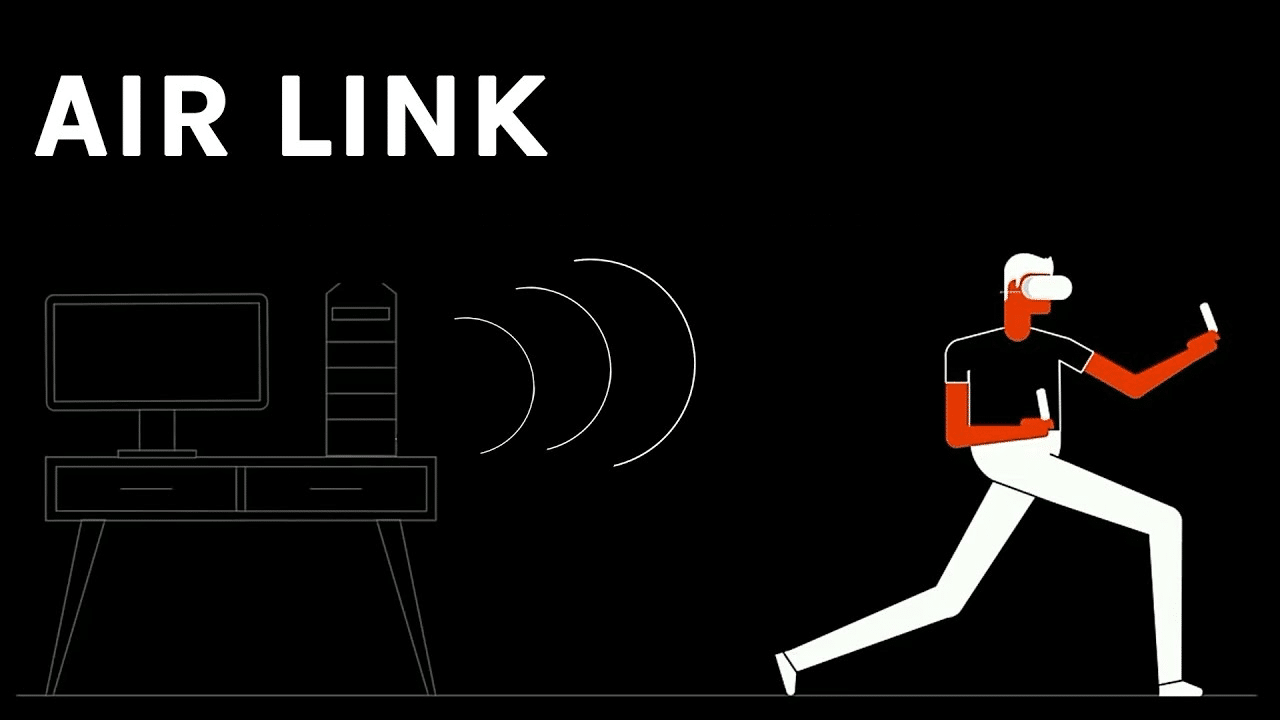
Meta fixed both of these Link issues in the v62 update in February. But more notably, Valve released a free official Steam Link PC VR streaming app on the Quest Store, making it almost frictionless to connect directly to SteamVR.
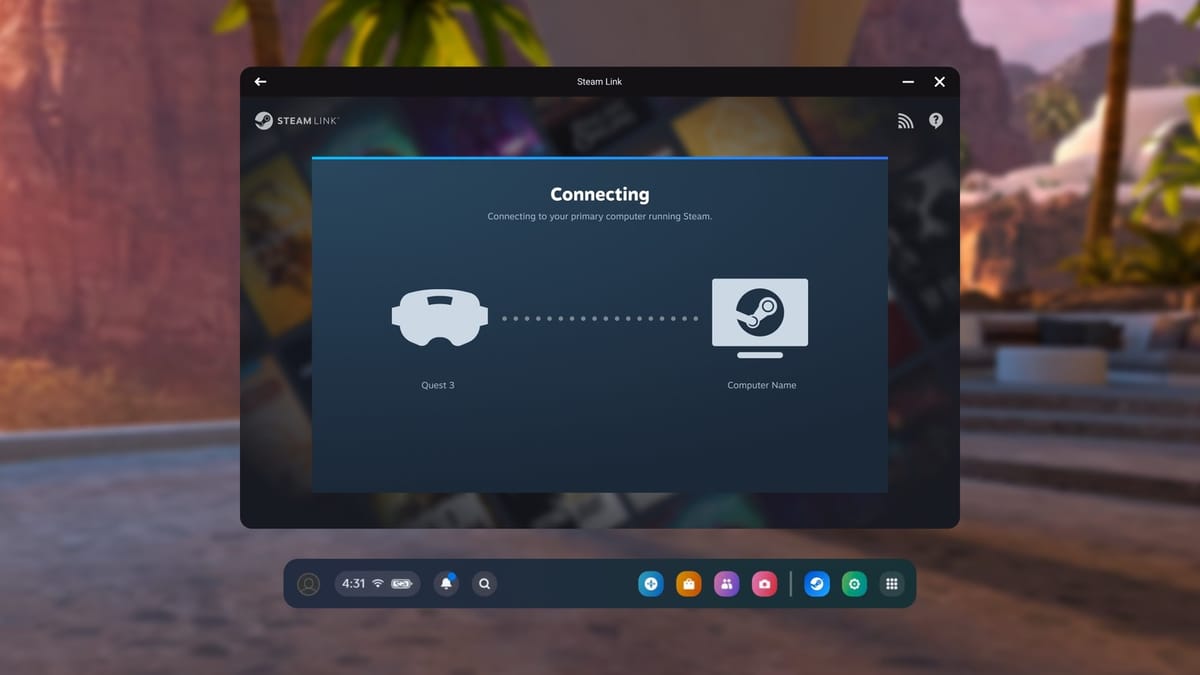
Exclusives Are Being Announced
At launch we noted that while Quest 3 was a greatly superior headset, Quest 2 still played all the same games for $200 less.
That gap increased to $300 in March when Quest 2 was cut to $200. But what’s also changed is the first games that will run on Quest 3 but not Quest 2 have been announced.
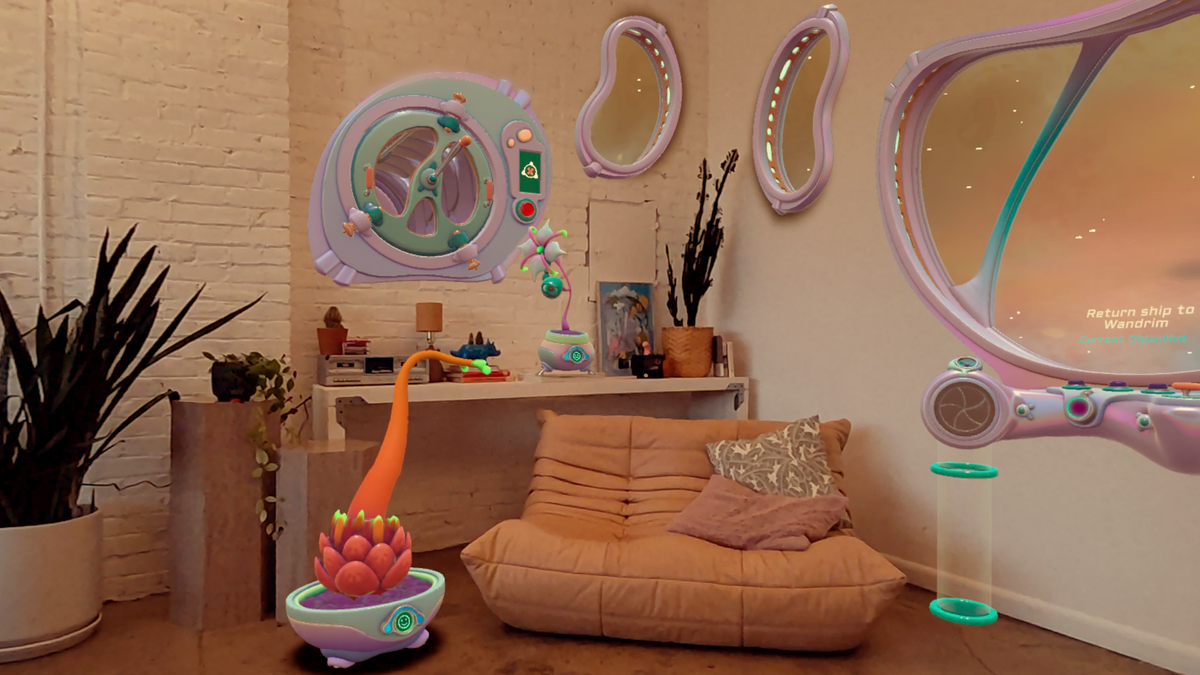
Starship Home will utilize the 3D scene mesh generated by Quest 3 during mixed reality room setup to position virtual objects on your walls and furniture.

Last week Alien: Rogue Incursion was announced for Quest 3, PlayStation VR2, and PC VR. Survios hasn’t said why it isn’t set to launch on Quest 2, but it’s likely the kind of game that previously wouldn’t come to a standalone headset at all.
The Verdict: Quest 3 Six Months Later
Quest 3 is still an excellent VR headset, the headset that most people looking for a VR headset should buy, with no meaningful competition. Its spatial video and panorama support even make it a good purchase for certain iPhone owners not interested in gaming or fitness.
While Meta has made strides in polishing its mixed reality capabilities, it still suffers from the warping passthrough and rare dynamic occlusion, and thus we’d still describe its mixed reality as barely passable.
While Quest 2 has dropped to $200, developers are starting to build around the capabilities of Quest 3’s much more powerful GPU, and graphics updates for existing games have become a common occurance. And for gaming PC owners, Virtual Desktop’s new runtime and the release of Steam Link has made wireless PC VR better and more convenient than ever on a standalone headset.
